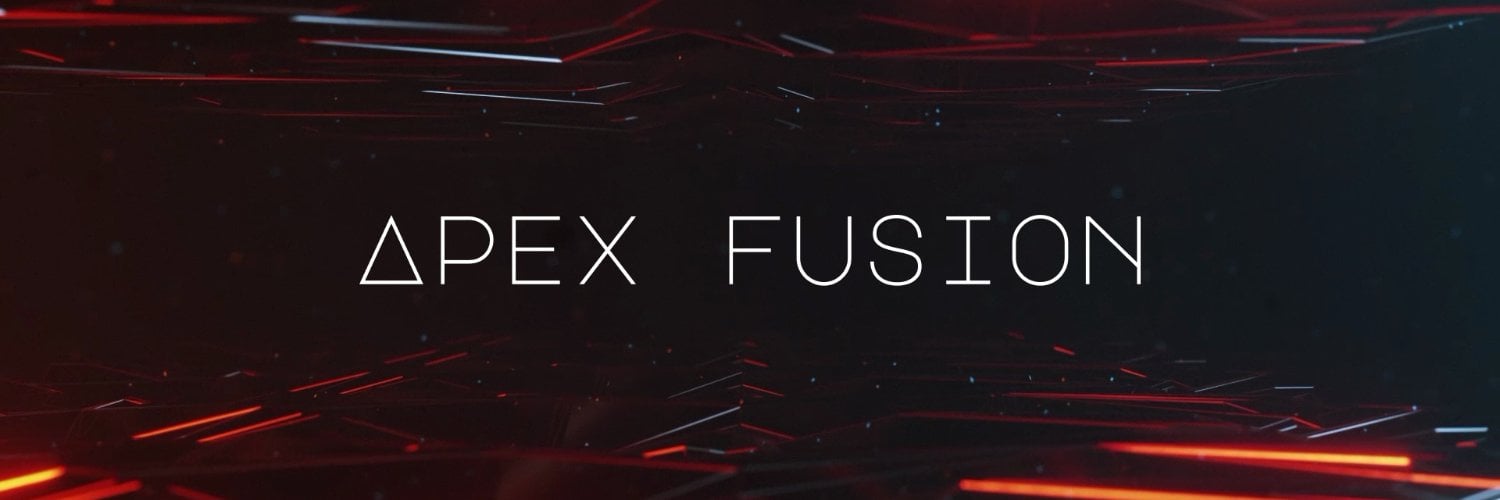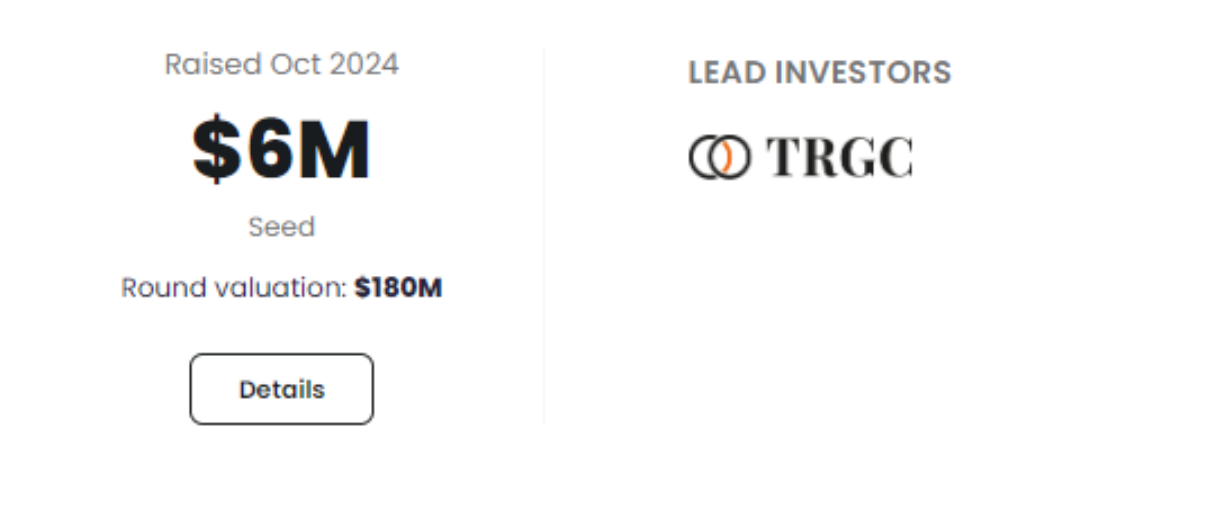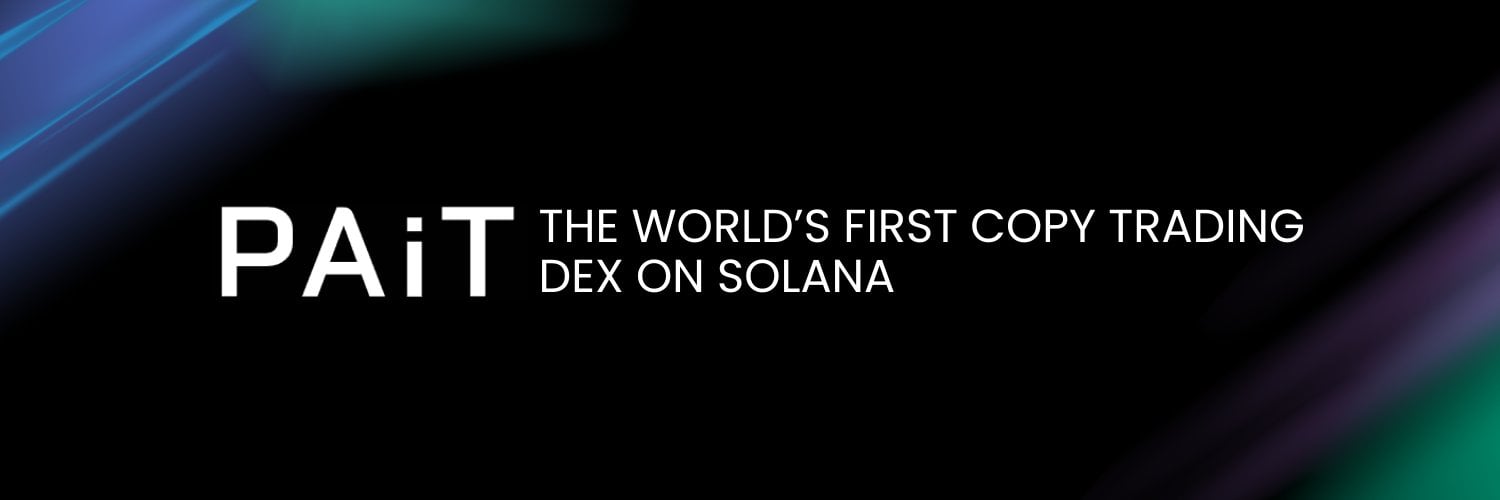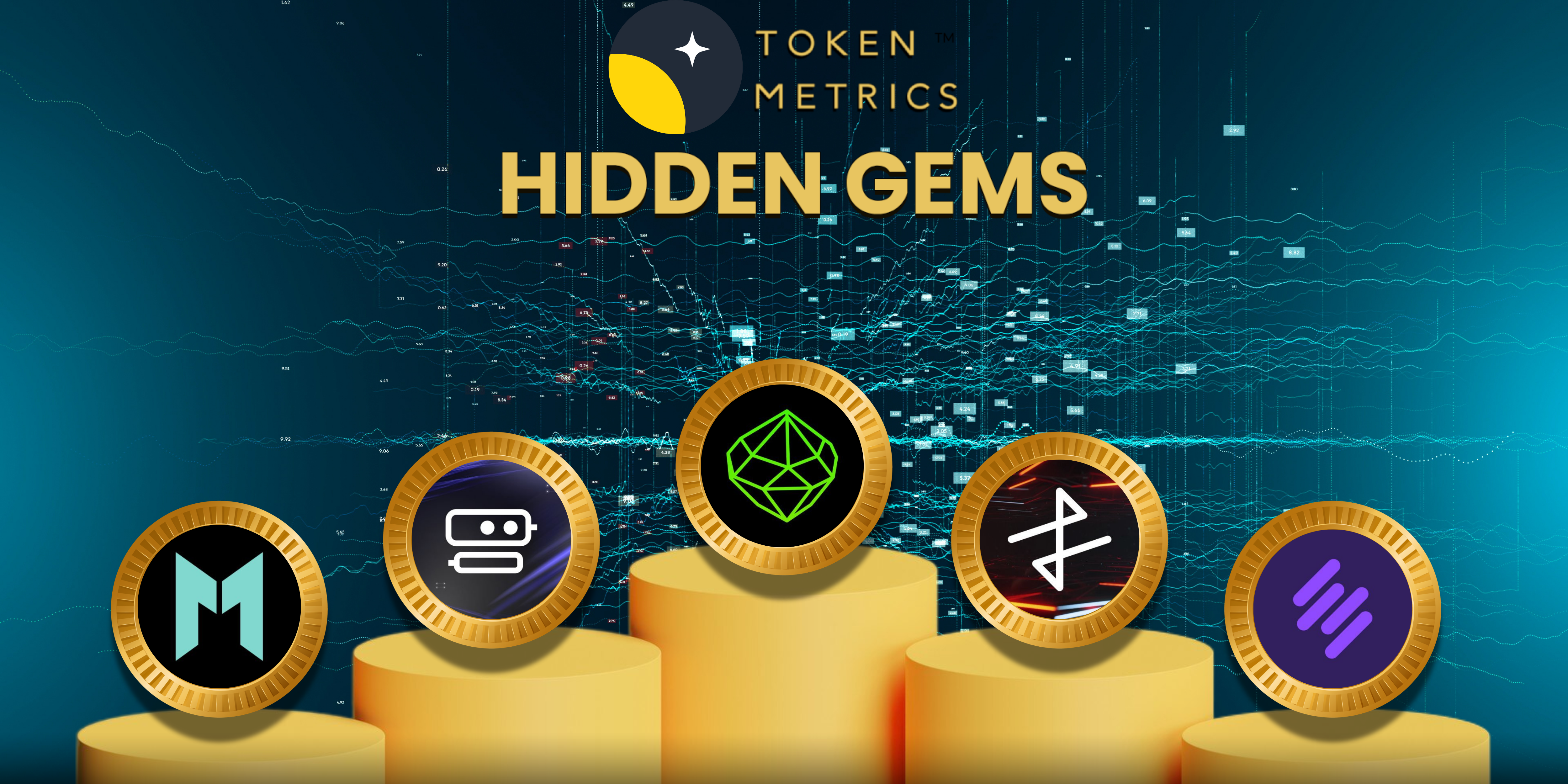TOKEN METRICS WATCHLIST
We scored many projects this week. Here are a few you should know about:
- Solv Protocol
- SEED
- Apex Fusion
- PAit
- Mango Network
Please remember that some of these projects still need our code review process. Still, we want to call them out here because they preliminarily caught our eye based on our fundamental analysis process.
Solv Protocol – 78.57%

Website | X(Twitter)
Sector – Bitcoin Staking
Status – Active
Solv is a decentralized platform designed to empower Bitcoin holders by allowing them to put their BTC to work and generate yield through the Decentralized Bitcoin Reserve. Users can earn rewards by holding SolvBTC and engaging with its ecosystem through staking, liquidity provision, and other activities. Solv Protocol facilitates the use of Bitcoin assets across various blockchain networks, addressing the current limitation where BTC holders cannot deploy their assets beyond the Bitcoin network, often leaving their BTC idle.Solv enables users to stake their Bitcoin across multiple blockchains, creating a unified ecosystem. Liquid Staking Tokens (LSTs), such as SolvBTC, are issued to represent staked Bitcoin, allowing users to keep their assets liquid while continuing to earn staking rewards. The Seamless Asset Layer (SAL) facilitates effortless interaction with various blockchains and decentralized finance (DeFi) protocols.
Key Features:
- Unified Liquidity: SolvBTC offers cross-chain liquidity, enabling access to yield-generating opportunities across multiple blockchain networks and ecosystems.
- Optimized Yields: Maximize Bitcoin’s potential through various yield strategies, such as staking, arbitrage, and liquidity provision, while maintaining exposure to Bitcoin.
- Transparency and Security with LCN: SolvBTC leverages a decentralized Liquidity Consensus Network (LCN) to ensure full transparency and continuous verification of Bitcoin reserves, enhancing user confidence and ensuring ecosystem stability.
- Diverse and Robust Reserve Assets: By forming strategic partnerships and incorporating different Bitcoin assets—including native BTC, established wrapped assets like BTCB and tBTC, and Bitcoin exchange-traded funds (ETFs)—SolvBTC diversifies its reserve base, strengthening the protocol’s resilience and broadening its applicability.
- Seamless Market Integration: SolvBTC holders can tap into innovative liquidity opportunities within the DeFi ecosystem. By staking SolvBTC, users gain exposure to Bitcoin Liquid Staking Tokens such as SolvBTC.BBN and SolvBTC.ENA, unlocking attractive yield opportunities and contributing to market liquidity.
- Transparent Proof of Reserves (POR): Users benefit from a transparent, auditable proof of reserves system that ensures all assets backing SolvBTC are secure and verifiable.
Investors

SEED – 70.95%

Website | X(Twitter)
Sector – Telegram Mini Apps
Status – Not yet launched
SEED is the first Telegram application built for the Decentralized Social TON ecosystem, designed to connect thousands of Web3 projects. By joining the official Telegram group, participating in challenges, and staying active within the community, users can accumulate valuable $SEED coins and engage with fellow crypto enthusiasts. The SEED DAO Telegram game provides an engaging entry point into the SEED DAO ecosystem, allowing users to earn free $SEED coins by completing tasks and interacting with the game. Users, known as Seedizens, can also form teams, invite friends, and climb leaderboards through active participation.
SEED has emerged as the leading Play-to-Earn app on Telegram, with over 30 million lifetime users, 21 million monthly active users (MAU), and 5 million daily active users (DAU). Launched on June 3, 2024, SEED distinguishes itself from short-lived Telegram MiniApps by creating a sustainable GameFi ecosystem with highly engaging gameplay. Within just three weeks of its launch, SEED reached 1 million DAUs without spending on advertising, highlighting its potential as a long-term GameFi leader. With its vision set on becoming a GameFi industry leader by 2025, SEED draws inspiration from successful platforms like Pokémon Go and Axie Infinity. Backed by a robust user base, an experienced team, and the support of Binance, SEED is well-positioned to achieve its goal of becoming a top-tier GameFi platform.
Apex Fusion – 70.48%

Website | X(Twitter)
Sector – Blockchain/Cross-chain
Status – Testnet
Apex Fusion is a decentralized platform that connects EVM and UTXO ecosystems, facilitating seamless asset transfers and development across multiple blockchain protocols. It comprises three key components: Prime (a Layer 1 protocol), Vector (a UTXO-based Layer 2), and Nexus (an EVM-compatible Layer 2), providing high-speed transactions with low fees. Prime ensures security through Ouroboros PoS, while Reactor acts as a bridge for asset transfers between layers. Apex Fusion supports scalable infrastructure for DeFi, gaming, and financial applications. It offers effortless asset transfer through bridges connecting UTXO and account-based networks, smooth integration of UTXO DApps, unified liquidity flow between UTXO and EVM networks, decentralized security for the APEX token, and scalability via its modular Layer 2 design. To foster developer engagement, Apex Fusion is launching the InFusion Program and a Reputation Score system, aimed at incentivizing innovative project development and the migration of existing projects to the platform.
Key Features
- Advanced Technologies: Apex Fusion utilizes battle-tested technologies to deliver exceptional scalability, security, and developer-friendly features, making it an ideal platform for decentralized application development.
- Interconnected Ecosystem: By linking isolated UTXO and account-based networks, Apex Fusion unlocks the full potential of blockchain technology. This integration allows for effortless asset transfers, development, and growth across diverse protocols, fostering collaboration and innovation within the Web3 ecosystem.
- Usability and Flexibility: Apex Fusion’s multi-chain architecture addresses the blockchain trilemma by integrating the best available technologies. The Prime Chain provides robust security and decentralization that improve as the network scales, while the Vector and Nexus chains enable high-speed transactions suitable for various applications, from decentralized finance to gaming. This design ensures efficient transaction processing with high throughput and strong security.
- Nexus and the EVM Ecosystem: Nexus is an EVM-compatible chain that facilitates the integration of EVM-based decentralized applications (dApps) and services from the outset. It features low transaction fees, supported by an efficient Layer 2 scaling infrastructure that leverages existing open-source implementations, such as Polygon EVM.
- Security and Decentralization: At the core of Apex Fusion’s ecosystem is the Layer 1 Prime Chain, which provides the foundational security and decentralization for both the Vector and Nexus Layer 2 chains. The Prime Chain is maintained by a decentralized network of validators using the Ouroboros proof-of-stake consensus protocol, known for its increasing security as the network expands.
- High Speed with Vector: Vector is a UTXO-based chain optimized for high-speed, low-fee transactions, designed for the performance and efficiency essential for developing decentralized financial systems and interactive services, such as gaming platforms.
Investors

Token
The Apex Token (APEX) is exclusively minted on the Prime network, with its inflation rate and tokenomics governed by Prime validators and a decentralized governance system. The smallest unit is DFM, and APEX tokens are rounded down when bridged between Cardano (six decimal places) and EVM (eighteen decimal places) chains, with differences reflected in bridging fees. APEX serves multiple functions within the Apex Fusion ecosystem. It enables access to network infrastructure for interaction with blockchains, protocols, and decentralized applications (dApps), while covering transaction fees that vary across the tri-chain structure. The Prime network incurs higher fees due to its role as a Layer 1 liquid staking security layer, whereas the Nexus and Vector Layer 2 networks prioritize cost-effectiveness and speed. APEX also facilitates intra-chain transfers and supports staking rewards, which enhance network security and allow holders to participate in governance without locking their funds. With a fixed supply of 3 billion tokens, the “circulating supply” refers to those not locked, with many subject to long-term lockup periods.
PAit – 68.10%

Website | X(Twitter)
Sector – DEX
Status – Active
PAiT distinguishes itself as a leading decentralized exchange (DEX) on Solana, catering to both experienced traders and newcomers. Its focus on transparency, security, and cutting-edge features such as copy trading and AI-driven predictions creates a more inclusive and accessible trading environment within the decentralized finance (DeFi) ecosystem. By harnessing blockchain technology, PAiT ensures transparent order execution and trustless transactions, reducing counterparty risk and eliminating the need for intermediaries. Users retain full control over their assets, as funds remain in their wallets, prioritizing security and significantly reducing the risks of hacks or theft typically associated with centralized exchanges.
Key Features
- Stablecoin Staking: PAiT offers stablecoin staking, allowing users to earn consistent returns without exposure to volatile market conditions. This feature provides a low-risk option for investors seeking steady, reliable income.
- Copy Trading: PAiT’s state-of-the-art copy trading technology seamlessly connects users with the world’s leading traders, enabling them to mirror successful strategies.
- DEX Profit Sharing: By holding and staking $PAiT tokens, users can earn a share of the platform’s profits generated through its decentralized exchange (DEX) operations.
- Crypto-Backed Loans: PAiT allows users to participate in crypto-backed loans, lending capital and earning interest while borrowers use their cryptocurrency as collateral. This feature provides a secure and profitable way for investors to grow their wealth.
- Cross-Chain Integration: PAiT is planning to integrate with multiple blockchain networks, increasing its interoperability and extending its reach across different platforms.
- Cross-Chain Integration: PAiT is planning to integrate with multiple blockchain networks, increasing its interoperability and extending its reach across different platforms.
Token
$PAiT is the native token of the PAiT platform, offering various benefits to holders. Users can stake PAiT tokens to earn a guaranteed monthly reward of 1%, with additional opportunities to earn a share of the platform’s revenue if they stake at least 5,000 tokens for over six months. This revenue comes from transaction fees, copy trading profits, and liquidity pools. PAiT token holders also gain voting rights, allowing them to participate in governance decisions that shape the platform’s future. Holding PAiT tokens empowers users to actively contribute to the growth of the PAiT ecosystem.
Mango Network – 65.57%

Website | X(Twitter)
Sector – Layer 1
Status – Not yet launched
Mango Omni-Chain is a Layer 1 blockchain designed to improve cross-chain functionality and scalability by incorporating OPStack technology and MoveVM (Move Virtual Machine). It features Multi-VM parallel execution, enabling both the Ethereum Virtual Machine (EVM) and MoveVM to run concurrently. Mango’s infrastructure facilitates secure cross-chain communication and efficient asset transfers between various blockchains, including Ethereum, through its Cross-VM Communication framework. Mango Network integrates MoveVM and EVM to facilitate cross-chain communication and multi-VM interoperability, fostering innovation in blockchain infrastructure.
Key Features
- Sovereignty Guarantee: The Mango modular blockchain can function as a sovereign Layer 1 solution, offering resilience against hacking and the capability for upgrades. Sovereign blockchains maintain the power of social consensus for making critical decisions, which is a vital aspect of blockchain technology.
- Efficient and Cost-Effective Blockchain Launch: The Mango modular blockchain can streamline the creation of new blockchains by simplifying component offloading, thus reducing both deployment time and costs.
- Scalability: Addressing the critical issue of scalability is a primary motivation for promoting the modular development of blockchain technology. Modular blockchains achieve scalability through layering while preserving security and decentralization.
- Multi-VM Interoperability: This feature enables seamless communication between different blockchain ecosystems utilizing both EVM and MoveVM.





